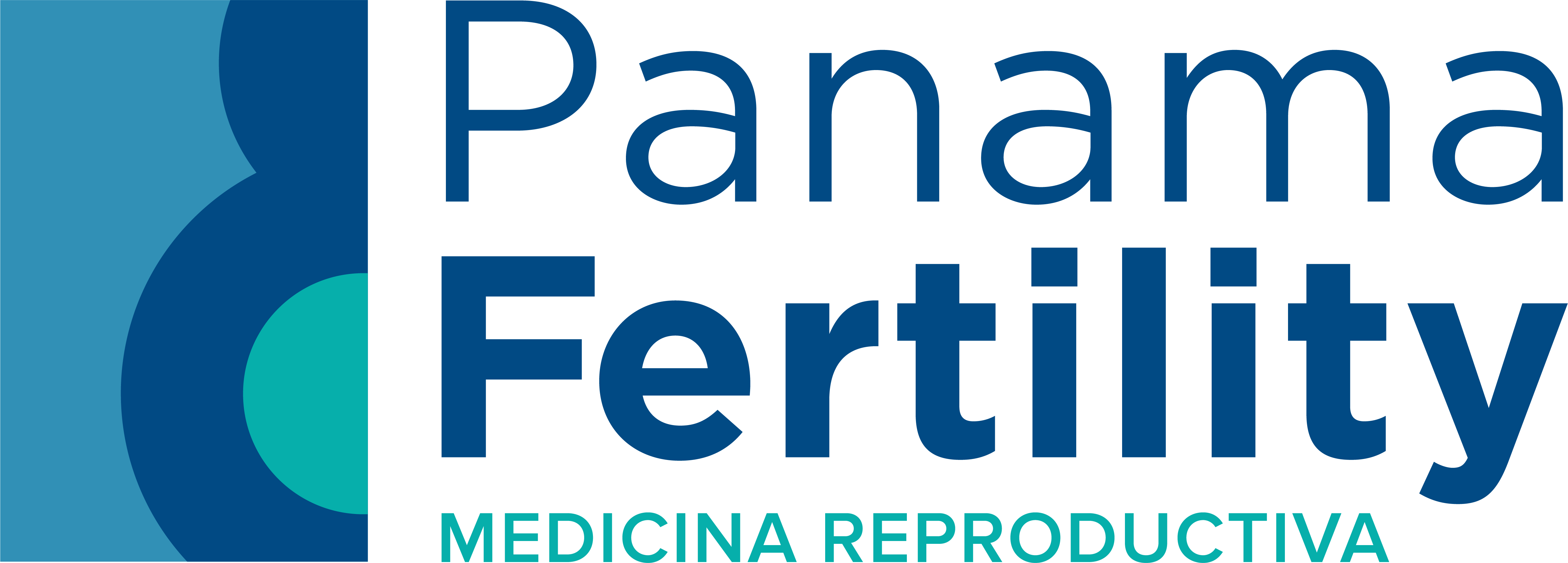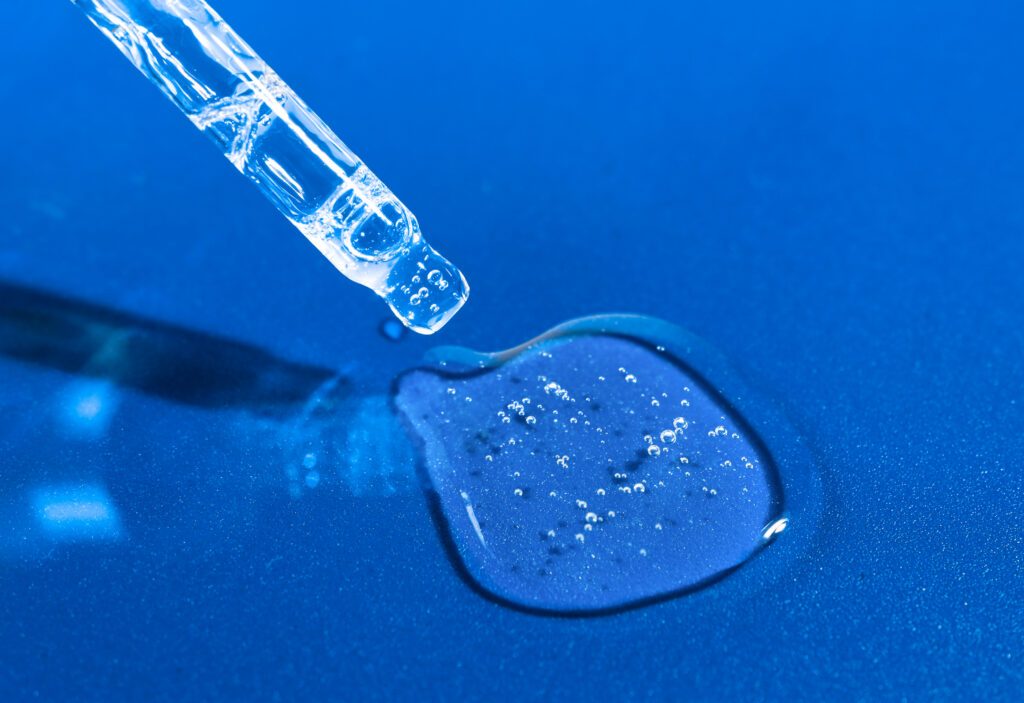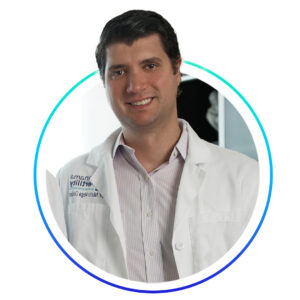Fertility Clinic
IVF: Complete 2025 Guide to In Vitro Fertilization

What Is IVF?
IVF (In Vitro Fertilization) is an advanced assisted reproductive technology (ART) that helps individuals and couples conceive when natural conception is difficult or impossible. The process involves retrieving eggs from the ovaries, fertilizing them with sperm in a laboratory, and transferring resulting embryos into the uterus.
Since its first success in 1978, IVF has helped millions worldwide achieve parenthood.
Who Can Benefit from IVF?
IVF is commonly recommended for:
- Blocked or damaged fallopian tubes
- Male factor infertility (low sperm count, motility, or morphology)
- Unexplained infertility after other treatments fail
- Ovulation disorders such as PCOS
- Endometriosis
- Couples or individuals using donor eggs, sperm, or embryos
- Same-sex couples and single parents by choice
Step-by-Step IVF Process
1. Fertility Evaluation
Before starting IVF, patients undergo tests including blood work, ultrasound, and semen analysis to create a personalized plan.
2. Ovarian Stimulation
Hormonal medications stimulate the ovaries to produce multiple mature eggs instead of the usual one per cycle.
3. Monitoring
Frequent ultrasounds and blood tests track follicle growth and hormone levels.
4. Egg Retrieval
A minor outpatient procedure under sedation removes eggs from the ovaries using a thin needle guided by ultrasound.
5. Fertilization
Eggs are fertilized with sperm in the lab using:
- Conventional insemination
- ICSI (Intracytoplasmic Sperm Injection) — a single sperm is injected directly into an egg.
6. Embryo Culture
Fertilized eggs develop in the lab for 3–5 days before selection for transfer.
7. Embryo Transfer
One or more embryos are placed into the uterus via a thin catheter.
8. Pregnancy Test
A blood test 10–14 days later confirms whether implantation occurred.
Fresh vs. Frozen IVF Cycles
- Fresh IVF – Embryos are transferred right after fertilization.
- Frozen IVF (FET) – Embryos are frozen and transferred in a future cycle, allowing more flexibility and preparation.
IVF Success Rates
According to SART and CDC data, average live birth rates per cycle are:
Age Group | Success Rate |
Under 35 | 45–55% |
35–37 | 35–40% |
38–40 | 25–30% |
Over 40 | 10–15% |
Success depends on factors like age, egg quality, embryo quality, and clinic expertise.
Risks and Considerations
While IVF is generally safe, possible risks include:
- Multiple pregnancies if multiple embryos are transferred
- Ovarian Hyperstimulation Syndrome (OHSS) from fertility drugs
- Emotional stress due to the demanding process
- Financial cost, as multiple cycles may be required
Cost of IVF in 2025
In the U.S., IVF costs average:
Expense | Cost Range |
Single IVF cycle | $12,000 – $18,000 |
Medications | $3,000 – $5,000 |
Donor eggs or sperm | $5,000 – $15,000 extra |
Preimplantation genetic testing (PGT) | $3,000 – $6,000 |
Insurance coverage varies widely; some states mandate partial or full coverage.
How to Improve IVF Success Rates
- Maintain a healthy BMI
- Eat a fertility-friendly diet rich in antioxidants
- Avoid smoking, excessive alcohol, and caffeine
- Take prenatal vitamins with folic acid
- Manage stress through yoga, meditation, or counseling
- Choose a clinic with SART-reported high success rates
Alternatives to IVF
If IVF isn’t the right choice, other fertility treatments include:
- Ovulation induction with medication
- Intrauterine insemination (IUI)
- Fertility surgery for blocked tubes or fibroids
FAQs About IVF
One cycle takes 4–6 weeks from stimulation to embryo transfer.
Most steps are not painful; egg retrieval involves mild sedation.
Yes, it’s common when there are severe egg or sperm issues.
No, but it offers the highest success rates among fertility treatments.
With PGT, sex selection is possible in some clinics, depending on local laws.
Conclusion
IVF is one of the most effective fertility treatments available, offering hope to millions of individuals and couples worldwide. With modern advancements, higher success rates, and personalized care, IVF continues to be a life-changing solution for those struggling with infertility.
Choosing the right clinic, understanding the process, and making healthy lifestyle choices can greatly improve the chances of success.
Fertility Clinic
👉 Book your appointment now.

🌟 At Panamá Fertility, we offer tailored treatment plans for women with endometriosis, combining expertise, advanced technology, and compassionate care to help you achieve pregnancy.





